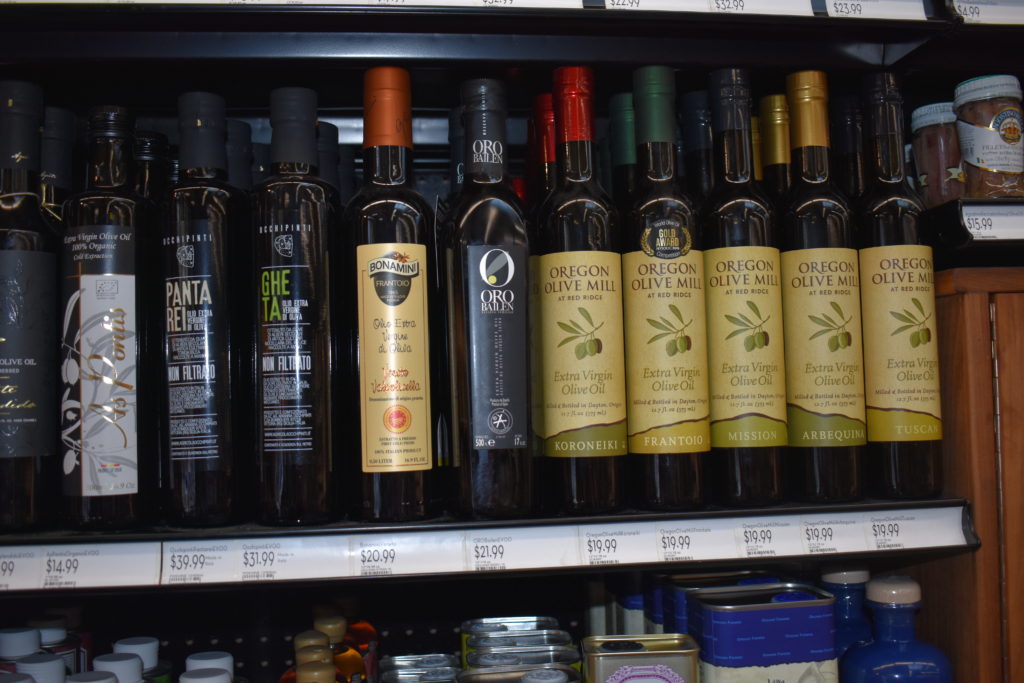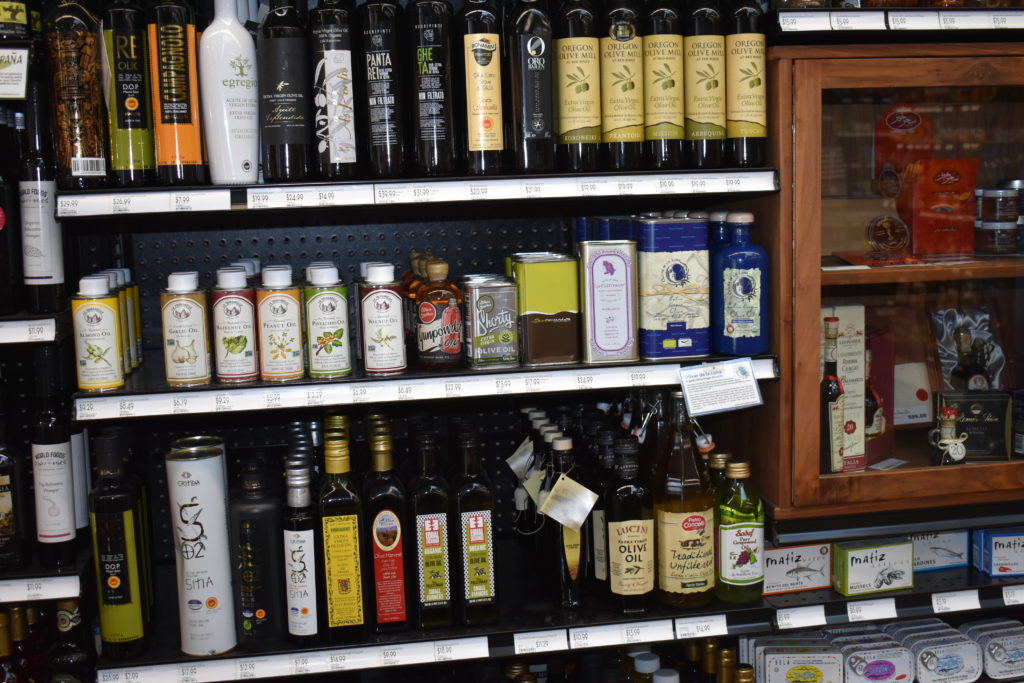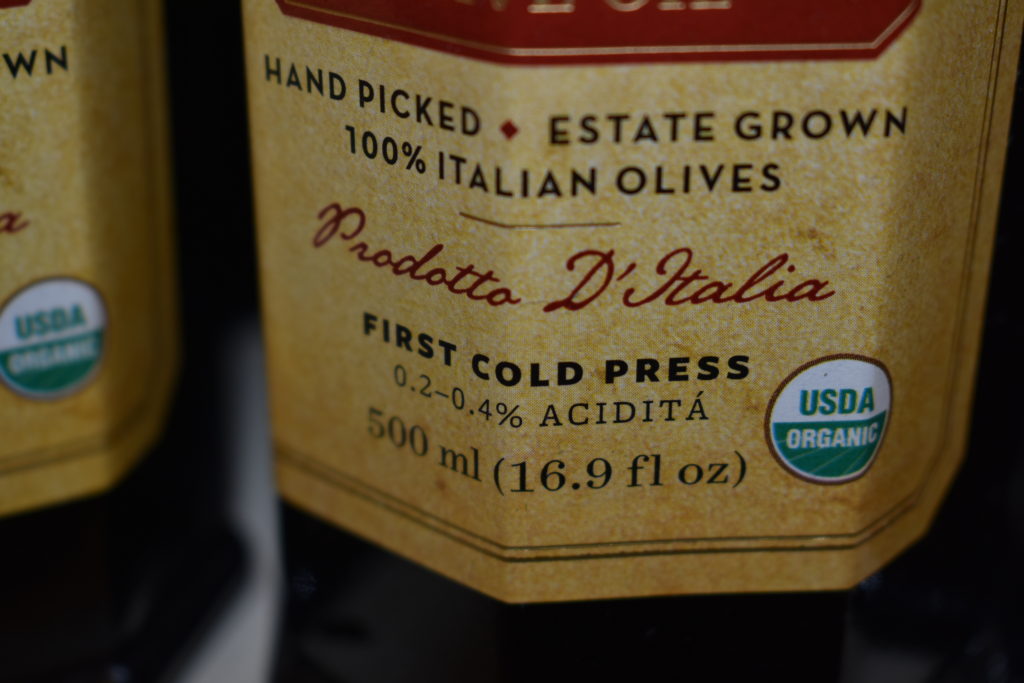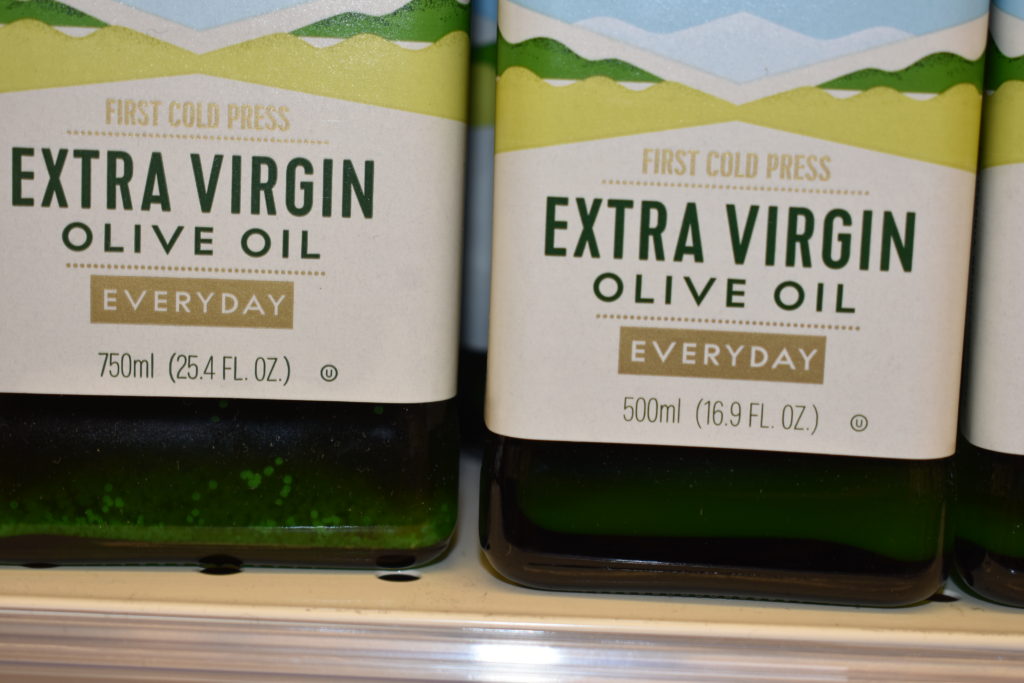
In 7th grade I was standing around the cafeteria, as my awkward young teen self who was tall and lanky, when a group of boys came up to me and asked for my autograph. “Can we have your autograph, Olive Oyl?” I blinked. Are they making fun of me and why are they calling me that? That afternoon at home I recounted the story to mom who then explained the story of Popeye to me and was searching to find it on television. The one time in my life where I was encouraged to watch cartoons. That name followed me around for awhile and my mom bought me stretchy Olive Oyls dolls and t-shirts for the next couple of years. In college, in the middle of the country in a crew shell of eight in the middle of the river, the assistant coach yells at me, “Slow down your slide, Olive Oyl.” Hand plant to face on that one. No matter where I went that name followed me. I suppose I resembled her to some degree as my younger self. I have never really watched or read the comics to know who she really was.
About a couple of hours after writing the above paragraph, I am at the library looking for books on the topic of olive oil and I come across The Healing Powers of Olive Oil; A Complete Guide to Nature’s Liquid Gold by Cal Orey. I thumb through it and land on page 34 where there is a heading “Olive Oyl” link to oil. Olive Oyl was created in 1919 as a comic strip for the newspapers and her brother was Castor Oyl and their mother was Nan Oyl, after banana oil. I discovered that she will be celebrating her 100th birthday next year while I celebrate half that number. How intriguing and I love the magic of finding this information.

Olive oil is so magical that a cartoon character is named after it. Lots of folks are touting that this is the one oil we should almost be using exclusively. I put it in my pot of boiling water for pasta, use it to line my pan when sauteeing vegetables, use it as an ingredient in aioli, and of course a dash or two in my vinaigrettes. Olive oil is something I buy weekly – that is how much I depend on it to help my kitchen creations shine. And yet after all theses years and all the hundreds of bottles of oil I have consumed, I still don’t truly know and understand this beautiful oil. How about you? What is your relationship with olive oil? Did I sum it up pretty well? There are books dedicated to the health benefits of this elixir, as it is known in some circles. Clearly olive oil has a lot to offer since there are so many books dedicated to one single culinary staple. So let’s dive into the magical golden oil rabbit hole and see what we find.

Every week I stand before the shelf filled with olive oil options with different descriptions on them; pure, first cold pressed, refined – and with different price points. What does this all mean? Why haven’t I taken the time to learn the difference? Now that I have cleared my closets and cabinets I have time to figure out the culinary mysteries and to share them with you. What a joy.
Let’s first get to the crux of it all. What is an olive? It is a stone fruit which technically called drupe. Just like all fruit stone or not, the olive generates juice, because the olive contains such a high fat content it produces an oil substance instead of juice.
Below is a list of words that you will commonly see on a bottle of olive oil. These meanings are not what we commonly would associate the word with.
Extra Virgin
The highest grade of olive oil. This grade of oil is created with no heat nor chemicals. It must have an acidity level of .8% or it is not considered to be extra virgin. The acidity affects the flavor. This is the one oil that consists of the health benefits that we hear about; anti-inflammatory, healthy fats, cancer fighting agents and more. To create a low acidity level, there are many prime conditions that the olive must have:
- Must be pressed preferably before 24 hours from the olives being picked.
- No disease or bacteria ( This is a huge battle for olive oil tree growers. Check out this National Geographic article on the trees dying in Italy)
- Must be picked from the tree, not the ground.
- The olives need to contain no bruises.
- Nutritious soil
As you can see there is both an art, lots of love and attention to get those olives to be just right to produce premium extra virgin olive oil. To create a bottle of this lovely exlir, it costs the farmer approximately 10 dollars.
Virgin
The only difference between extra and virgin is the acidity levels. Virgin oil acidity can be anywhere from 1-5 %. I have been unable verify if this oil contains the same health benefits of those of extra grade. Not sure if acidity effects this or not. I do know that the higher the acidity the decrease in prime flavor.
Refined
Refined oils are oils that have been heated to take out any impurities of olive oil that make it unfit for human consumption. About 50% of the oil that is created in the Mediterranean region is not able to be sold. To make this oil useful many producers will heat it to extract what properties that are creating this oil to be flawed. Usually refined oil is odorless, colorless and flavorless and commonly added to virgin or extra virgin olive oil to recover some flavor. Some websites recommend using this grade of oil for frying.
Pure
What you are thinking:
When you see the word pure you are probably expecting that the ingredient has not changed its composition due to heat or other chemical process. You are also expecting it to contain the truest form of the fruit in this case.
In reality:
Pure olive oil is a mix of virgin and refined olive oil. It has an acidity of 3-5 percent. Yes the olive has been changed by using heat. You are probably thinking what if I see the words 100% pure extra virgin olive oil on the label, what is in that bottle? Check for certification labels printed on it.
Pomace
Olive Oil Times wrote an article titled Olive Pomace Oil: Not What You Might Think. Here is an excerpt that explains what pomace oil succicently;
While extra virgin olive oil is often denoted as being “first cold-press,” what is termed “pomace oil” cannot even qualify as being “second press.” Once the typical, mechanized extraction of olive oil from the olive fruit is complete, some 5 to 8 percent of the oil still remains in the leftover olive pulp or “pomace.” Although the pomace oil that is extracted is still technically oil that comes from olives, this is done via the use of chemical solvents, and therefore should never be termed, directly or indirectly, as “olive oil.”
Light Olive Oil
What you are thinking:
That light olive oil has less fat and less calories than other grades.
In reality:
All olive oils no matter the grade or color contain 120 calories per tablespoon. Light is referencing the color of the oil and usually that indicates a less flavorful oil. Martha Stewart demonstrates this quite well in this video.
First Cold Pressed
Extra Virgin Olive Oil is usually the oil that comes from the first pressing of the olives. It is a mechanical process which naturally does not use heat so one can consider it cold pressed.
So after reading those definitions we can come to the conclusion that extra virgin is the purest form of olive oil and pure is not pure at all, being made with refined oils. Anything that has an ‘re’ in front of it means some finagling has happened to make it the way it is.
Now we know what to look for in a label, but do we really. The question that comes up time and time again is how do I know that the bottle of Extra Virgin Olive Oil contains only that and is not a fraud?
Stay tuned for the next post where we tackle that question and more regarding olive oil.
In good health,
Aimee
A cliff hanger! How do I spot the fraud? I eagerly await your next post! Thank you, Aimee!!
Great blog Aimee. I like how you gave the Olive Oyl background story. I love olive oil too.